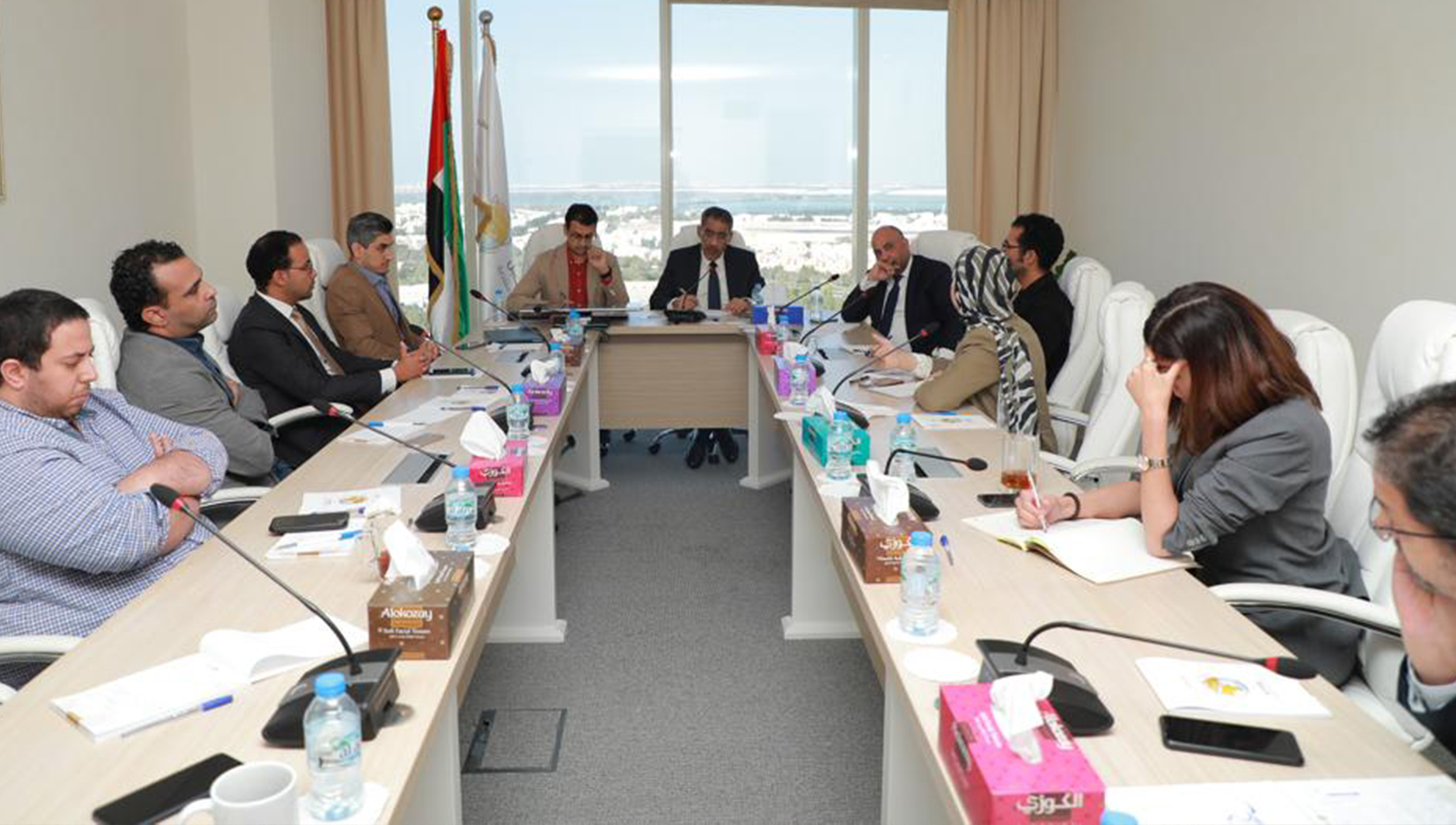Future for Advanced Research and Studies hosted Mr Diaa Rashwan, renowned Egyptian journalist, politician, and the current Chairman of the State Information Service, to a seminar on the role of media in shaping the national image of states in the region. The former director of Al-Ahram Center for Political and Strategic Studies explored the dynamics and mechanisms through which international media shape states’ relations and the prospects of building an effective and positive image away from stereotypes and misinformation.
Fundamental Considerations
Mr Rashwan covered 4 key aspects of state media image building, and how it interacts with the international media landscape, which may be summarised as follows:
1. Differences in theory and practice:
The epistemological frameworks of nation-state image often focus on specific political, economic, cultural, and sociological dimensions. Yet, the reality of nation-state image building is far more complex and requires the ability to study the phenomena beyond the academic lens.
2. Contextual focus on negative image:
Contrary to common belief, which maintains that there exists a mass campaign to hurt the national image, the reality on the ground shows the opposite. The negative portrayal of specific matters does not necessarily reflect the overall policy of the state, but the ideological orientation of those media outlets. The clearest example is the American media criticism of human rights issues, which links to their Western Liberal position.
Mr Rashwan elucidated that such negative coverage happens within the context of specific events or incidents, though he did add that in other cases international media coverage could be intentionally negative.
3. Limited impact on inter-state relations:
The influence of international media is reflected chiefly in public opinion and intellectual elites. But it seldom has a considerable impact on state-level relations. Bi-lateral relations are informed by strategic interests, and so they rarely are impacted by media coverage. Most media outlets in the West are privately owned, meaning they are often driven by domestic agenda and are more invested in criticizing the policies of Western leaders.
4. Importance of positive reinforcement:
A key role in nation-state image building highlights Mr Rashwan, is capitalizing on positive experiences of state building across social, economic, cultural, and political sectors, regardless of international media perception. Focusing on the positive would allow for improvement which in turn would reflect on international media coverage.
Positive Engagement
Discussing the ways in which international media coverage could be improved, Mr Rashwan pointed to the following measures:
1. National image measurement:
Mr Rashwan stressed the importance of creating scientific measures that capture the national image. This may be done by monitoring and analyzing international media coverage, its sentiment, and focus topics, to build a deep and rich understanding. It is important that measurement be done over a long period of time to ensure accuracy and capture trends beyond incidental coverage.
2. National strategy:
Nation-state image building must be underpinned by a sound strategy that takes into consideration all aspects of a nation’s brand, including cultural, economic, political, and social. Such a strategy empowers a nation’s overall soft power.
3. Utilising communication tools:
Building a robust national brand must utilise a variety of tools that enable the effective outcome of its strategy. One tool, in particular, is the use of Public Relations agencies, which play a remarkable role in public policy in the US and Europe. If a nation is aiming to improve its overall brand, it needs to tap into the expertise of the communications industry and has a deep understanding of media landscapes.
4. Direct engagement with international media:
Another key aspect of national image building is opening a direct channel of interaction with locally accredited international media. In doing so, the state would be able to provide accurate and timely information on a regular basis, limiting the risk of misinformation.
Media as an Alternative to Recruitment
During the Q&A session, Mr Rashwan addressed a question regarding how terrorist groups, such as ISIS or the Muslim Brotherhood, use media to their advantage. Following the implosion of MB and their inevitable retreat from public space, the organisation resorted to media outlets to spew hatred and disinformation in hopes to mobilise. A new strategy, moving away from recruitment to media incitement and the promotion of misleading ideas that aim to misrepresent facts and cast the state in a negative light. Such tactics, however, are baseless and rely on recycling parochial ideas without the ability to expand or renovate.


